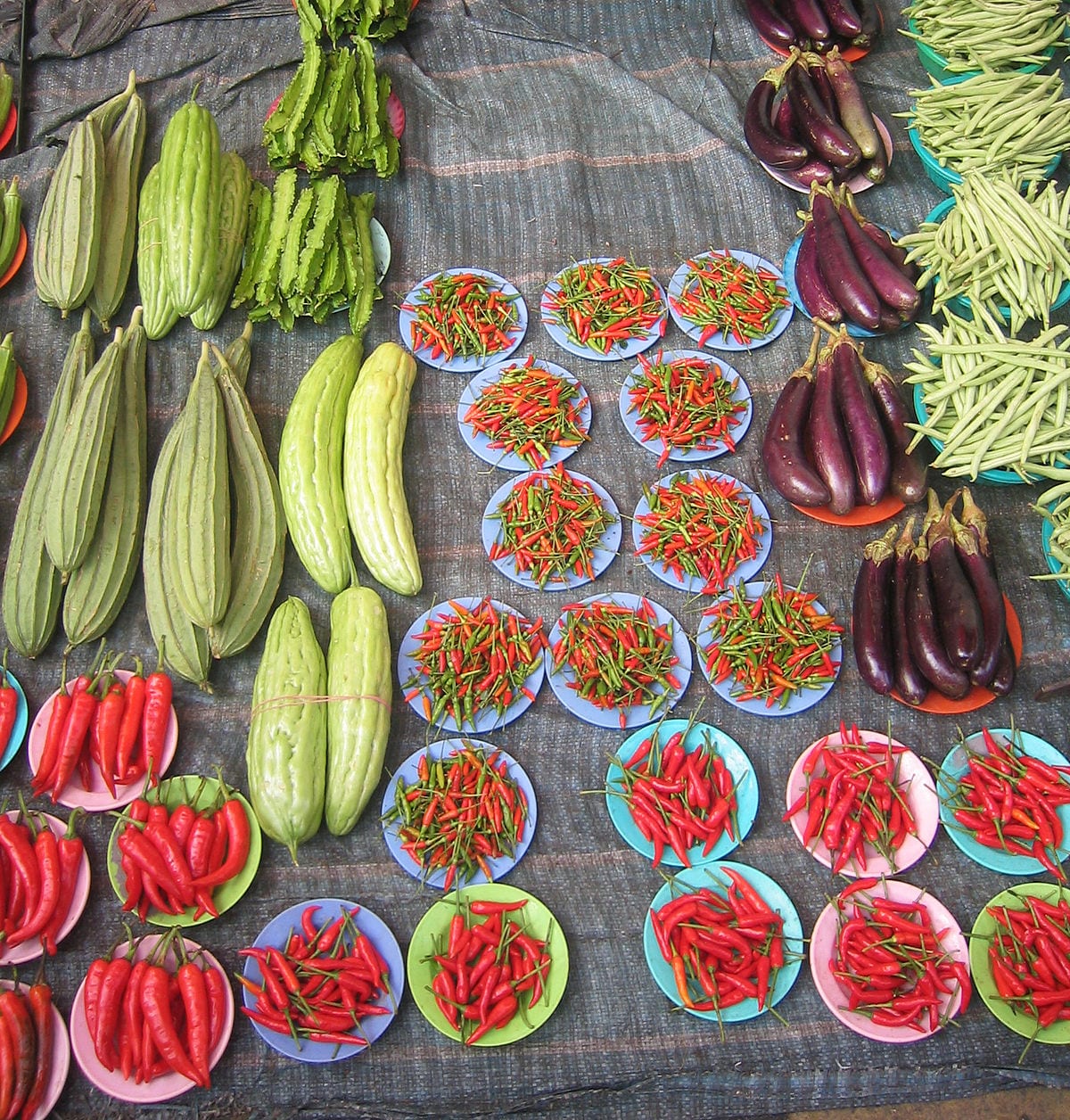
Organic fresh produce sales in 2020 were $ 8.54 billion, an increase of more than $ 1 billion from 2019. A very sobering study of 55 types of rice found that organic rice contained significantly more arsenic than rice. not organic. More than half of the rice samples “were not suitable for feeding babies” (Ecotoxicology and environmental safety, July 1, 2020; 197 (1): 110601).
Compared to conventionally grown foods, organic foods generally cost more and have not been shown to be safer, provide more or better nutrients, or are more likely to have been grown on a small local farm. In 2018, the Food Marketing Institute reported that the average price of organic products was 54 percent higher than that of non-organic products; organic milk costs 72 percent more and organic eggs 82 percent more. Organic food costs more to produce because it requires:
• more land to grow food,
• more workers to prepare and harvest crops, and
• more work to control weeds and insects.
Many Americans are willing to pay this extra price because 50 percent of them believe organic food is healthier for you (Pew Research Center, published online November 19, 2018). Manufacturers have taken advantage of this belief and sell organic clothing, cigarettes, water, soap, condoms, lipstick, perfumes, mattresses, and just about anything that touches your body, as well as all food categories. However, the US government’s control over the use of the “organic” label is lax because few government agencies or contractors control the production of organic products.
Definition of organic
An organic product is defined as something that is made or grown naturally, without the use of human-made fertilizers, pesticides, or herbicides. To be recognized as “organic”, food and other products are supposed to be grown with:
• No synthetic fertilizers or pesticides (with some exceptions)
• No antibiotics or growth hormones for livestock
• No genetically modified ingredients
• No artificial flavors, colors or preservatives
• No sewage sludge
• No food radiation
Both conventional and organic fruits and vegetables are grown with pesticides, but organic growers use “natural” pesticides (such as ground chrysanthemums), while conventional growers use “artificial” pesticides that are often copies of the pesticides found In nature. Your body cannot distinguish between “natural” and artificial pesticides or fertilizers. For example, organic growers can feed plants nitrogen from animal manure, but not use fertilizers containing the same nitrogen from a factory. This does not make sense because nitrogen is a chemical element and therefore it is the same regardless of its origin. Other chemical elements such as arsenic, chromium or nickel are toxic and are found naturally in the soil.
There is strong evidence that many pesticides and herbicides that are used regularly today, both natural and artificial, can harm you by increasing your risk of cancer. From the 1950s onwards, the government established maximum allowable levels of residues in food. In the 1970s, the EPA banned DDT and other insecticides. Some, but certainly not all, farmers have responded by using insecticides only after the safest methods have failed. Examples of safer insect control include using healthy insects to help control crop damaging ones and genetically enhancing plants to resist insect damage (which is ironic since modifying genetics disqualify a food from being labeled organic).
“Organic” is difficult to regulate
The demand for organic food has increased so much that more than 80 percent of organic food now comes from very large farms that produce large quantities of organic products that are sold in large commercial establishments such as Walmart, Costco, and Kroger. Less than eight percent is produced by small farmers.
The U.S. Department of Agriculture (USDA) attempts to regulate farms or handling operations by having them certified by a USDA-accredited state or private agency. Farms and handling operations that sell organic products worth less than $ 5,000 per year are exempt from certification. Before a product can be labeled “organic,” a government-approved company is supposed to inspect the farm to make sure it is following all the rules. Businesses that handle or process organic food before it reaches your local supermarket or restaurant are supposed to be certified as well. You can imagine how expensive and time-consuming this process is, and in reality only a small percentage of growers are repeatedly inspected to see that they are following the rules.
There is no data to show that conventional agricultural products are harmful
We know that chronic exposure to large amounts of pesticides can harm you (Interdisciplinary Toxicol, March 2009; 2 (1): 1-12), but we have no evidence that eating conventional agricultural products is harmful to humans. All the available evidence is that people who eat more fruits, vegetables, whole grains, beans, nuts, and other seeds have a remarkably reduced risk of heart attacks, diabetes, strokes, certain cancers, and premature death, regardless of whether their food is from conventional or organic cultivationAmer J from Clin Nutr, August 2013; 98 (2): 454-459).
If you are concerned about pesticide levels and are on a tight budget or don’t have good sources of organic produce, you may be interested in the findings of the Environmental Working Group (EWG). The good news is that the following non-organic foods have very low levels of pesticides: onions, avocados, sweet corn, pineapples, mangoes, peas, asparagus, kiwis, cabbage, eggplant, melons, grapefruit, sweet potatoes, papayas, candy. peas, cantaloupe, broccoli, cauliflower, mushrooms, and cabbage. Fruits and vegetables that are eaten with the skin generally contain higher levels of pesticides, but I don’t recommend removing edible skins from produce just to reduce pesticide exposure, because skins are concentrated sources of nutrients and fiber. Washing fresh fruits and vegetables under running water can help remove bacteria and chemicals from the surface of fruits and vegetables, whether they are organic or conventionally grown.
My recommendations
Diana and I support organic farmers in their efforts to solve environmental problems, and we often buy organic products. However, if budget is an issue, it is healthier to eat a lot of conventionally grown fruits and vegetables than a small amount of organic fruits and vegetables or none at all. Scientific literature shows that it is healthier to eat lots of fruits and vegetables from any source than to replace them with the processed foods that fill our supermarket shelves.
• The label “organic” does not mean that a food is healthy. Organic white flour, organic sugars, and organic junk food, such as cookies, crackers, potato chips, or ice cream, are still junk food.
• Wash all fruits and vegetables before eating, even if washing does not remove all pesticides. Remove the outer leaves from lettuce, cabbage, and other leafy greens.
Dr. Gabe Mirkin is a villager. Learn more at www.drmirkin.com

